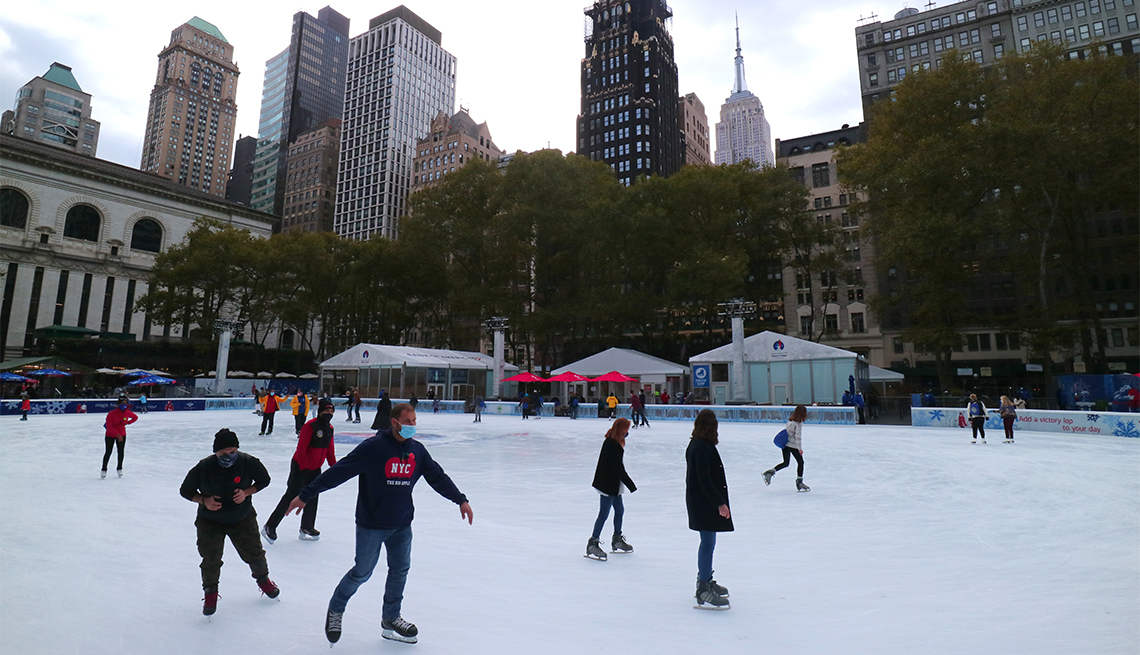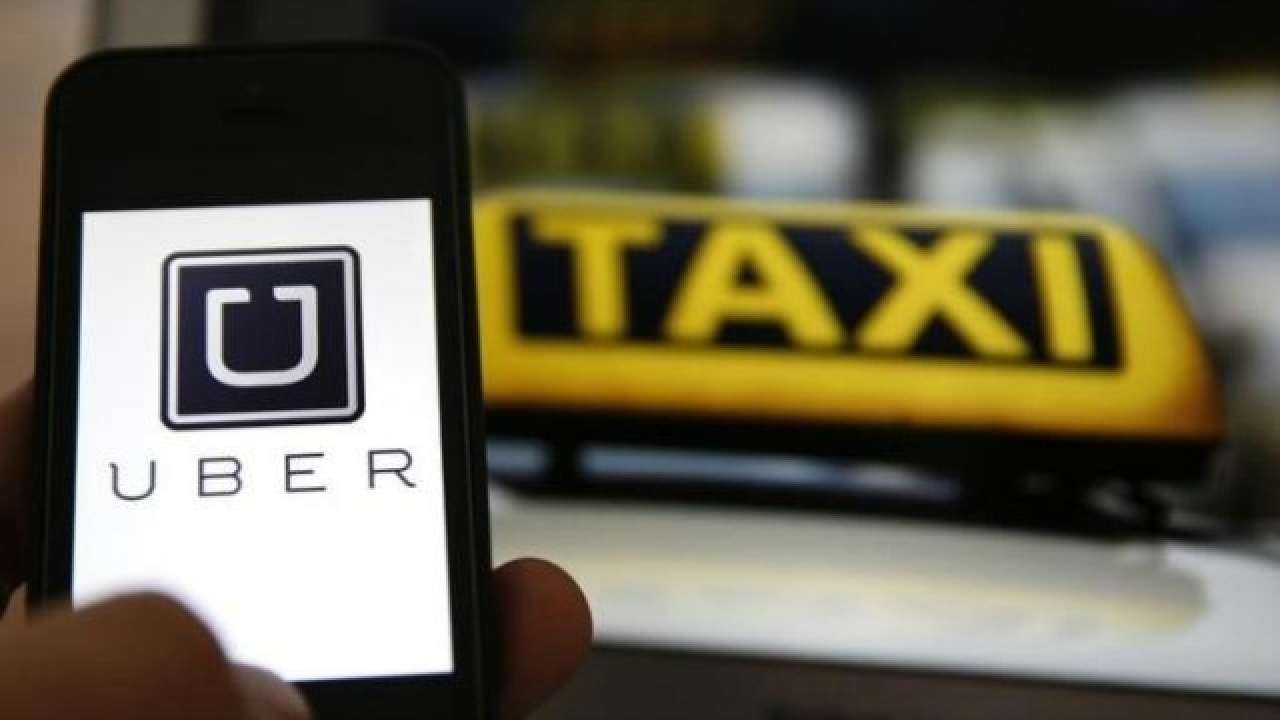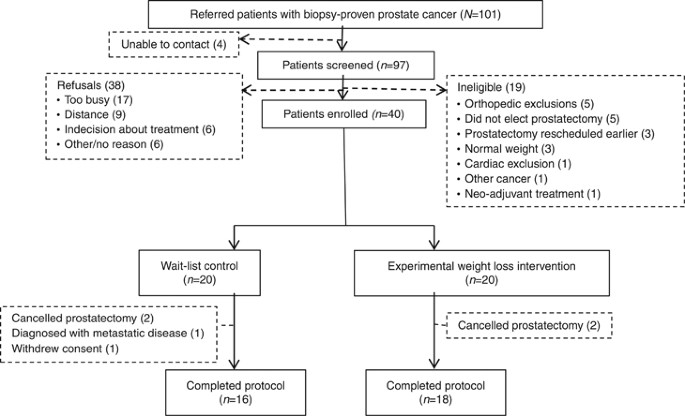
- Select a language for the TTS:
- UK English Female
- UK English Male
- US English Female
- US English Male
- Australian Female
- Australian Male
- Language selected: (auto detect) - EN
Play all audios:
HOTELS As mentioned previously, the city's hotels are having a rough go of it, with bookings down dramatically. Many properties have temporarily halted services, and some won't
reopen until the spring. But those that have remained open or have already reopened are offering fairly steep rate cuts and other perks, like parking discounts. The iconic Roosevelt Hotel in
Midtown Manhattan has room rates starting at $299, and reservations come with a discounted parking space at an adjacent garage. The boutique Iroquois Hotel, set to reopen on Dec. 13, is
offering 20 percent off its best rates (roughly $200), along with a $25 food and beverage credit. Deals change regularly, but it's easy to check the latest offerings at New York &
Company's Neighborhood Getaways guide, which launched in the wake of COVID to help the struggling tourism industry. Café Du Soleil Noam Galai/Getty Images DINING New York has introduced
a program that allows restaurants to operate outdoors more easily, though they now must close by 10 p.m. for dine-in service (they can offer takeout after 10). Some restaurants, like Café
du Soleil and Lucciola, both on the Upper West Side, are among many establishments offering pop-up plastic bubbles where patrons can dine in private. The enclosures get decontaminated after
each use. Others are offering greenhouse-like enclosures with space and barriers between customers (indoor dining is still currently restricted to 25 percent occupancy). To help attract
diners, restaurants are also advertising plenty of deals, such as special prix fixe menus or a free glass of wine. Gran Morsi, in Tribeca, and Perrine, on the Upper East Side, are offering
free dessert. Haven Rooftop, with stunning views of Midtown, is offering a complimentary glass of wine. Again, to search for the best deals, check out nycgo.com/neighborhood-getaways.
ENTERTAINMENT AND ACTIVITIES With Broadway, comedy clubs, and theaters shut down for the foreseeable future, New York's main cultural activities will be at museums like the Metropolitan
Museum of Art and MoMA, which are operating at reduced capacities and through timed tickets (book them in advance). You will also need a ticket for the High Line, the 1.45-mile-long
elevated park on the west side of Manhattan that was created on the former New York Central Railroad spur. The tickets are free but limited as a way to control the number of visitors. But
with the reduced capacity, the park — with breathtaking views of Manhattan and plenty of outdoor art — has been transformed into a serene stroll rather than the crowded schlep it often was
before the pandemic. Nearby Chelsea Market, in the heart of the Meatpacking District, has taken over the sidewalks along 15th and 16th streets and turned them into a giant open-air food
court, with more than 115 socially distanced tables for 15-plus vendors serving everything from lobster rolls to hand-pulled noodles and gelato. A similarly ambitious adaptation is happening
at Pier 17 in the Seaport District. The pier's rooftop, called The Greens — which has epic views of the Brooklyn Bridge and Brooklyn Heights — has been home to an extremely popular
concert series in the summer. Now it's staying open for winter, with 28 individual dining “cabins.” Each cabin is 12 feet by 10 feet, can seat up to 10 people, and comes with its own
heaters and a virtual fireplace. The glass enclosures will also have floor-to ceiling views of the East River. FIND THE LATEST ON NEW YORK'S COVID-19 GUIDELINES__ New York City is
constantly updating its COVID-19 guidelines and restrictions as new cases emerge or the infection rate changes. The best source of quick info for potential travelers is New York &
Company's Coronavirus Information and Resources page. New York state also lists current requirements on its site, and has set up a hotline for questions at 888-364-3065. And as far as
activities, don't forget just walking in general. New York may be one of the most walkable cities in the world, provided you focus on one or two neighborhoods rather than the whole lot.
The city has made it even more enjoyable with its new Open Streets program, which has restricted car access to certain streets and made them for pedestrians only. (You can find the full
list of streets on the city's Department of Transportation website.) In Manhattan, you can't go wrong by getting off the subway at West 4th Street/Washington Square and ambling
through the West Village. Increasingly popular, too, thanks to its iconic views of lower Manhattan, is Dumbo, across the East River from Manhattan. You can take one of the loveliest strolls
of your life on a warm morning along the waterfront, passing underneath the Manhattan and Brooklyn Bridges, through Brooklyn Bridge Park, up into the neighborhood of Brooklyn Heights and its
famous Promenade, then back to the heart of Dumbo. The whole loop will take an hour, and you'll see a dozen different corners and views of the city. THE SUBWAY AND TRANSPORTATION In
April, the subway stopped its 24/7 service so the trains could be cleaned and decontaminated each night (it's closed from 1 a.m. to 5 a.m.). The result, in combination with a
significant dropoff in use, is a New York City subway system that hasn't been this clean in decades. There are yellow hand-sanitizer dispensers at all stations, and masks are mandatory;
riders who refuse to wear one can be fined $50. Trains and buses are running on normal schedules. Cab or ride-service (such as Uber and Lyft) drivers and their passengers age 2 and older
must wear masks, according to Governor Cuomo's orders, which also recommend that operators keep windows open when possible, passengers stay in the back seat and strangers not ride
together.










